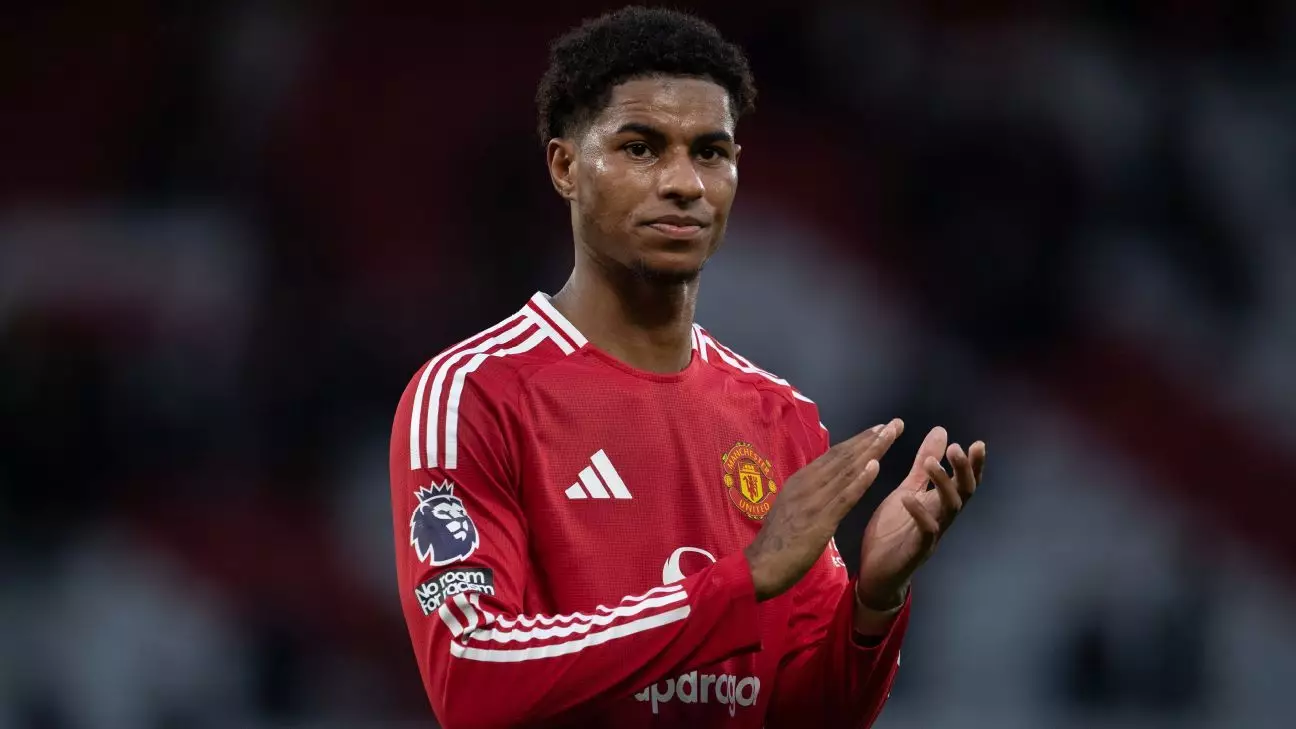As the Premier League transfer window opened on a Wednesday in early January 2025, clubs were presented with a vital opportunity to recalibrate their squads as they aim for success in the latter half of the 2024-25 season. The transfer window not only serves as a pivotal time for signed players to transition between teams but also reflects the broader economic trends within the footballing world, extending its impact across various leagues in England and Europe.
This season, the window will remain operational until 11 p.m. GMT (6 p.m. ET) on February 3, 2025, aligning with similar schedules in top European leagues. In contrast, leagues such as LaLiga and Serie A have deviating timelines that reflect local football traditions. As clubs navigate their respective timelines, the stakes attached to these signings can dictate the remainder of the season for successful teams.
The economic landscape of football transfers reveals a complex narrative of spending habits, especially within the Premier League. Analysis from Deloitte indicated that the gross expenditure during the January window last year was around £100 million ($127.7 million), a stark decrease from the record £815 million witnessed in 2023. This significant drop raises questions regarding the current market behaviors among clubs. The lack of vigorous investment after years of inflated spending habits represents a cautious approach amidst economic uncertainties and evolving financial strategies.
Interestingly, the decline in Premier League spending does not reflect a universal trend across Europe. The top five European leagues collectively saw an increase in transfer expenditures, growing from €255 million in January 2023 to €455 million in January 2024. This divergence allows for a scrutiny of Premier League clubs’ strategies, especially when juxtaposed with the heightened activity in leagues like Ligue 1 and Serie A.
Among the most intriguing narratives this transfer window revolves around potential player movements. Marcus Rashford, a key forward for Manchester United, has publicly expressed his dissatisfaction and hinted at a desire for a new challenge. His comments regarding feeling “disheartened” after being dropped from manager Ruben Amorim’s squad have ignited speculation regarding his future with the club he has been part of since childhood. Rashford’s situation mirrors broader patterns seen within the league, where high-profile players are often at the center of transfer rumors.
Similarly, the futures of established Liverpool players such as Mohamed Salah, Trent Alexander-Arnold, and Virgil van Dijk have become subjects of intense speculation, given that their contracts are set to expire at the season’s end. The possibility of them entering into pre-contract agreements with clubs outside of England has brought added urgency and complexity to the ongoing discussions about their respective futures. This dynamic illustrates a significant shift in the power balance between clubs and players, as the latter can now leverage their status to consider better opportunities elsewhere.
Moreover, Manchester City faces similar uncertainty, particularly concerning star midfielder Kevin De Bruyne. His impending contract expiration presents a scenario where City must act swiftly or risk losing a major asset. The juxtaposition of player quality against contract timing is pivotal for clubs striving to maintain their competitive edge.
The strategies employed by clubs during this transfer window—whether aggressive investments or conservative stances—will be scrutinized not only in the context of the current season but also for their long-term implications. Teams must assess their performance, financial health, and ambitions as they maneuver through a competitive landscape increasingly influenced by player sentiments and financial realities.
As the transfer window progresses, clubs find themselves at a crossroads where ambition meets uncertainty. The need to enhance one’s lineup is balanced against the realities of financial prudence in a post-pandemic football market. Observations of this transfer cycle will not only influence the current season’s results but may also serve as a barometer for how clubs approach player acquisitions in the foreseeable future. As decisions unfold, the stories of player movements continue to captivate fans and highlight the ever-evolving nature of footballing priorities.

Leave a Reply